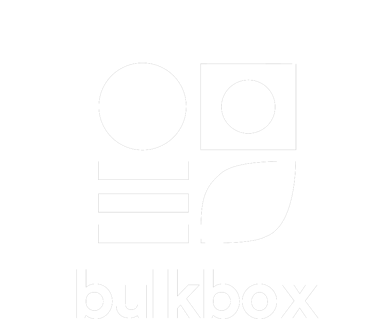The simple math trick that can save your restaurant from sinking in food costs
•
The Psychology of Overstocking
Often, managers order more food than needed out of fear of running out of key items during busy hours. The downside? This leads to an abundance of items on the shelf, tying up capital and increasing food waste and spoilage. Moreover, employees tend to be less cautious in handling abundant supplies.
Human Nature at Play
Consider your own experience. When you have a new tube of toothpaste, you're likely to use more than when it's about to run out. This principle applies in the kitchen as well. Staff will naturally be more wasteful when the storeroom is bursting at the seams. The abundance can also result in higher rates of theft.
Measure to Manage: Evaluating Inventory Levels
A quick way to assess whether you're overstocking is to calculate the "number of days of inventory on hand." This reveals how long your current stock will last based on your average daily food costs.
Two-Step Inventory Check
1. Calculate Average Daily Food Cost:
2. Calculate Days Sales In Inventory:
Example:
- Number of days in the period: 30
- Ending food inventory: Ksh 100,000
- Food cost: Ksh 300,000
In this example, 10 days of inventory is generally excessive.
The Optimal Inventory Level
For full-service restaurants, having 6 to 7 days' worth of food is optimal. For quick-service restaurants, 3 to 5 days is adequate. If the example restaurant reduced its inventory to 6 or 7 days, the food cost would drop instantly.
What to Expect
Reducing inventory by just a few days can lead to significant cost savings. Expect benefits like less spoilage, better portion control, and reduced theft. Moreover, faster turnover means fresher food for your customers.
In summary, optimizing inventory levels offers a double advantage: it not only lowers your food cost but also enhances the dining experience with fresher offerings.
We can help
If you're looking to further streamline your procurement and inventory management, consider partnering with BulkBox. We specialize in providing restaurants, with reliable access to business consumables at competitive prices.
See More Posts
Copyright © 2023 Three Spears LTD. All rights reserved

